Known for its sprawling fields, outdoor courts and recreation center, Reverchon Park has had its name since 1914. The story behind the park tells of a hunting area, a shantytown and a mineral well that sat on the same tract of land.
The Dallas Morning News’ archives offer a background story of the park grounds and the park’s relation to world-renowned botanist Julien Reverchon.
The Reverchons’ arrival in Dallas
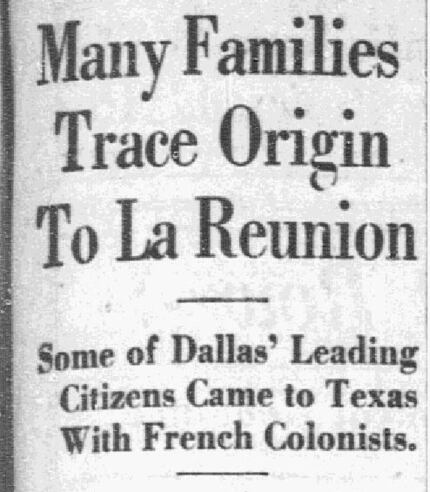
In 1857, Maximilian Reverchon and his 18-year-old son Julien left their family behind in France and migrated to Dallas to join French, Belgian and Swiss colonists at La Réunion — a utopian socialist community settled on the southwest bank of the Trinity River. Upon arrival in Dallas, the Reverchons learned that La Réunion dissolved due to lacking leadership and unfamiliarity with North Texas’ growing conditions. Maximilian bought farmland and a home that would be known as Rose Cottage for himself and his son in present-day Oak Cliff.
Botanical bravado
Julien, or Jules, delved into nature from a young age, his last name fitting him to a T: “reverchon” means “a dark-red variety of sweet cherry” in French. By the time he emigrated from France, Julien had collected over 2,000 plant species, leaving them in his brothers’ care. In his early Dallas days, Julien studied the new and unfamiliar vegetation in his vicinity, eventually traveling across Texas to collect plant samples from the state’s distinct ecoregions.
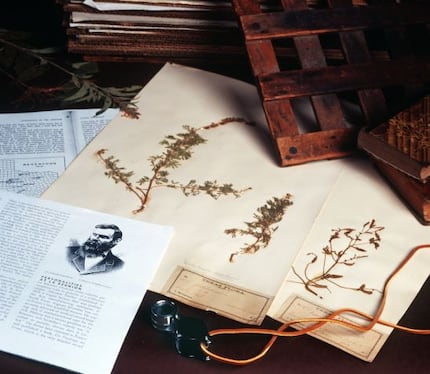
During his lifetime, Julien preserved thousands of Texan flora and botanical specimens from all over the world at his cottage in Oak Cliff, and later, his herbaria would make their way to various institutions and museums, including the U.S. Department of Agriculture, the Smithsonian Institution and the Missouri Botanical Garden in St. Louis.
Julien married Marie Henry in 1864, and together, they had two sons who both died of typhoid fever in 1884. Marie died in 1901. Julien served as a professor of botany at Baylor Medical College for 10 years. He died in 1905.
Park’s roots
In 1914, the city of Dallas purchased a 36-acre tract of land bisected by Turtle Creek for $31,128. When the city bought the property, it was first called Turtle Creek Park, and in June 1915, its name was changed to Reverchon Park after the famed Dallas botanist.
Before becoming a city park, the area was known as Woodchuck Hill and Raccoon Springs, which were known for their reputations as a shantytown and popular hunting spot, respectively.
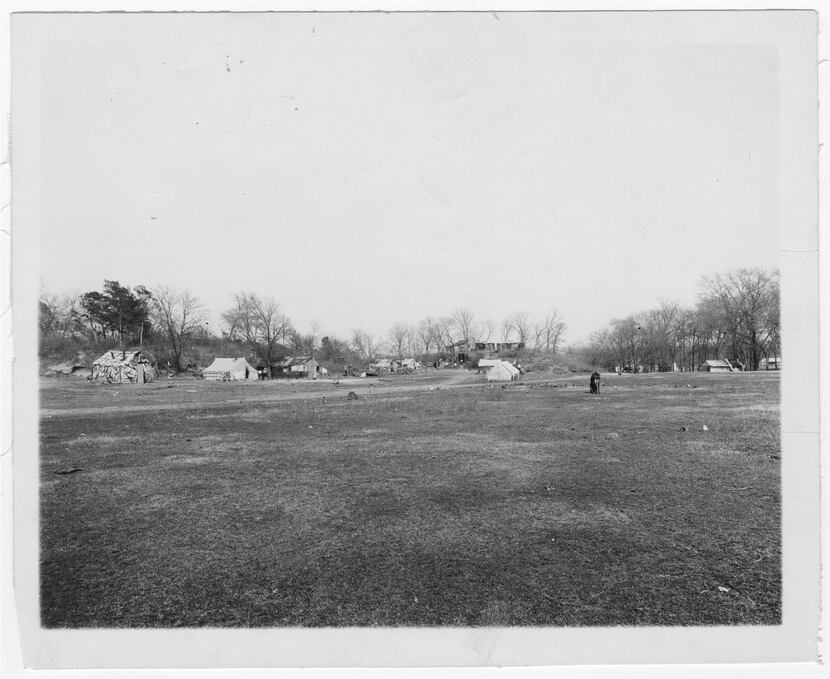
A decade before the founding of Reverchon Park came Gill Well, an artesian well drilled in the northwest sector of Woodchuck Hill. The contract for Gill Well included provisions for a bath house owned by Gill Well Sanitarium Co. and free public fountains from which residents could collect water.
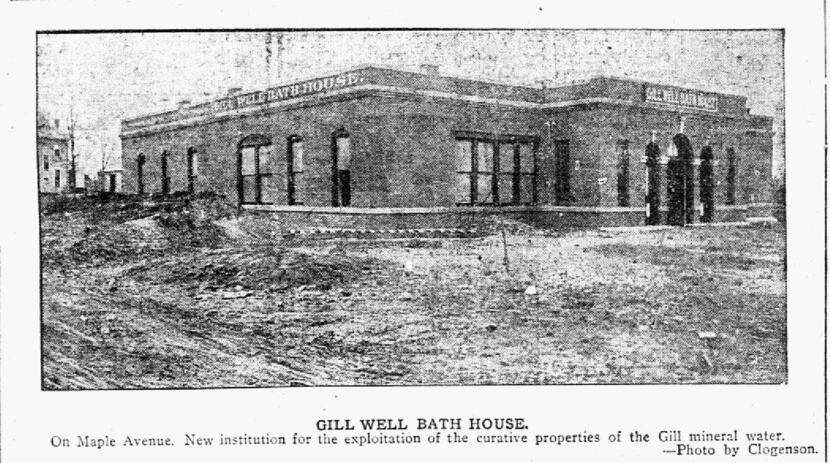
While the well allegedly provided hot medicinal mineral water, the bath house shut down in the early 1920s upon discovery of toxic levels of “chloride, lithium, magnesium, potassium and sulfate, among other minerals.”
Park enhancements
In the 1920s, Reverchon debuted a baseball field, which can be spotted on the right heading northbound on the Dallas North Tollway. In 1924, a 300-seat wooden grandstand was added to the field, and in the mid-1930s, the diamond, home plate and grandstand were all rotated.

Over the years, this sandlot has hosted many Dallas Amateur Baseball Association, Dallas Independent School District, SMU and youth baseball games. The 18-team DABA league, in particular, used wooden bats during all their games.
The century-old baseball field still stands, though its decaying field is unplayable. Former Dallas Mavericks general manager Donnie Nelson and other private investors initially spearheaded efforts to give the park facilities a facelift, but after their funding fell through in 2020, DISD was able to take up the mantle thanks to a 2020 bond package approval that set aside $25 million for the renovation project.
The remodeled field is set to be ready for play in spring 2022.
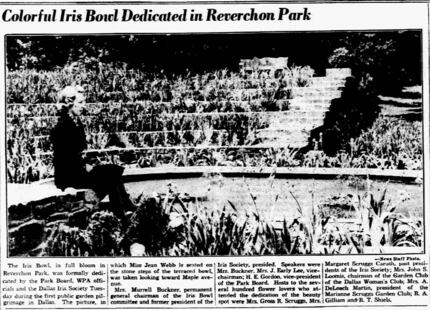
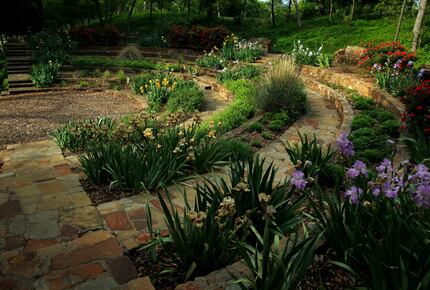
In the 1930s, the city directed New Deal funds toward masonry that dotted the park, including stone stairwells and lookouts, an amphitheater called the Iris Bowl and a bridge over Turtle Creek.

